 Climate Control
Climate Control 

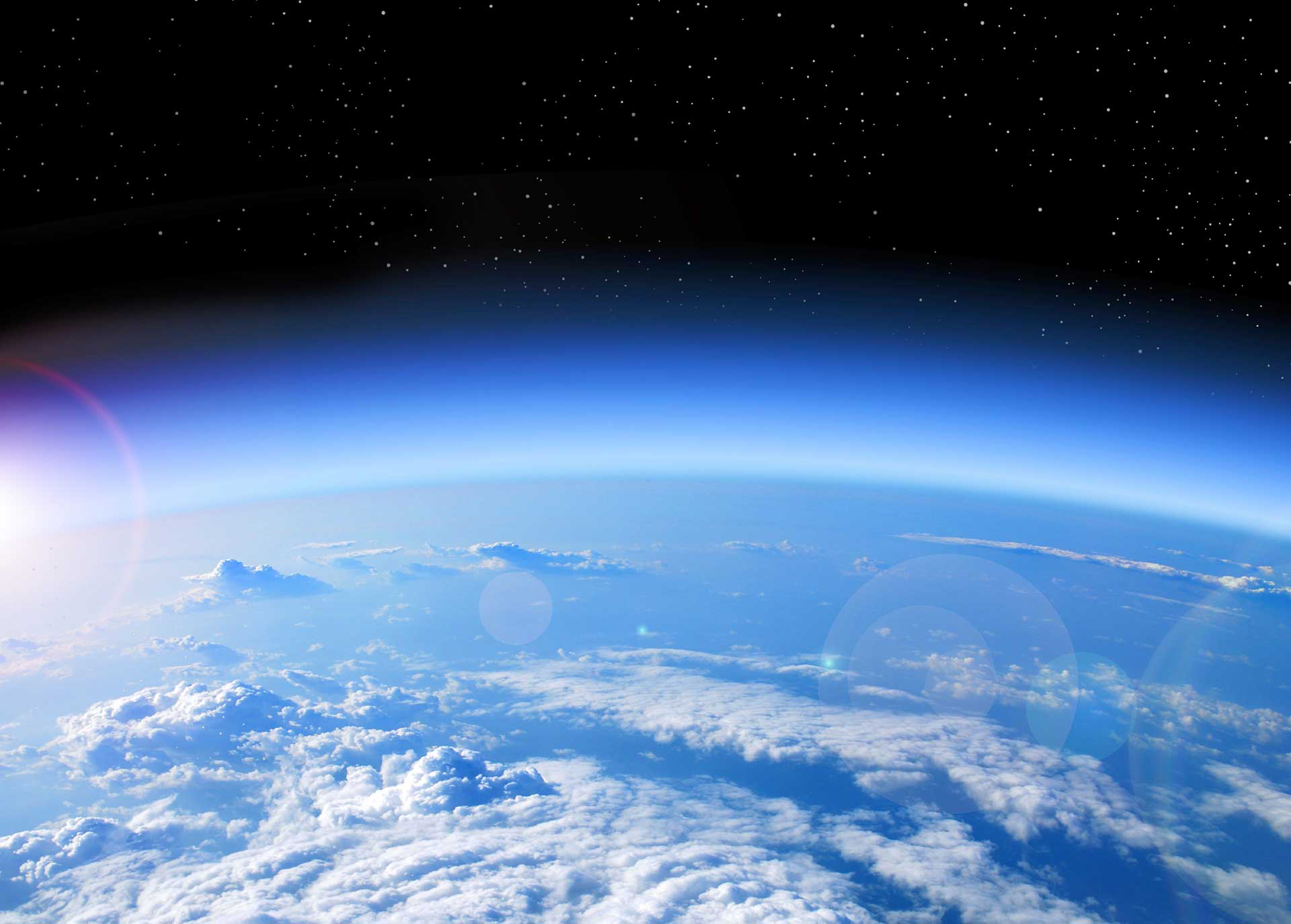
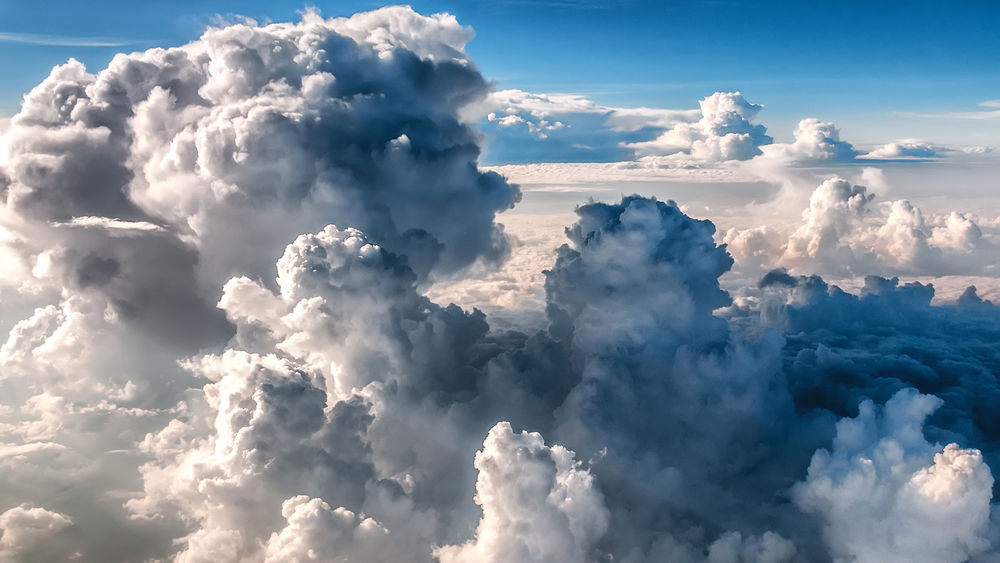
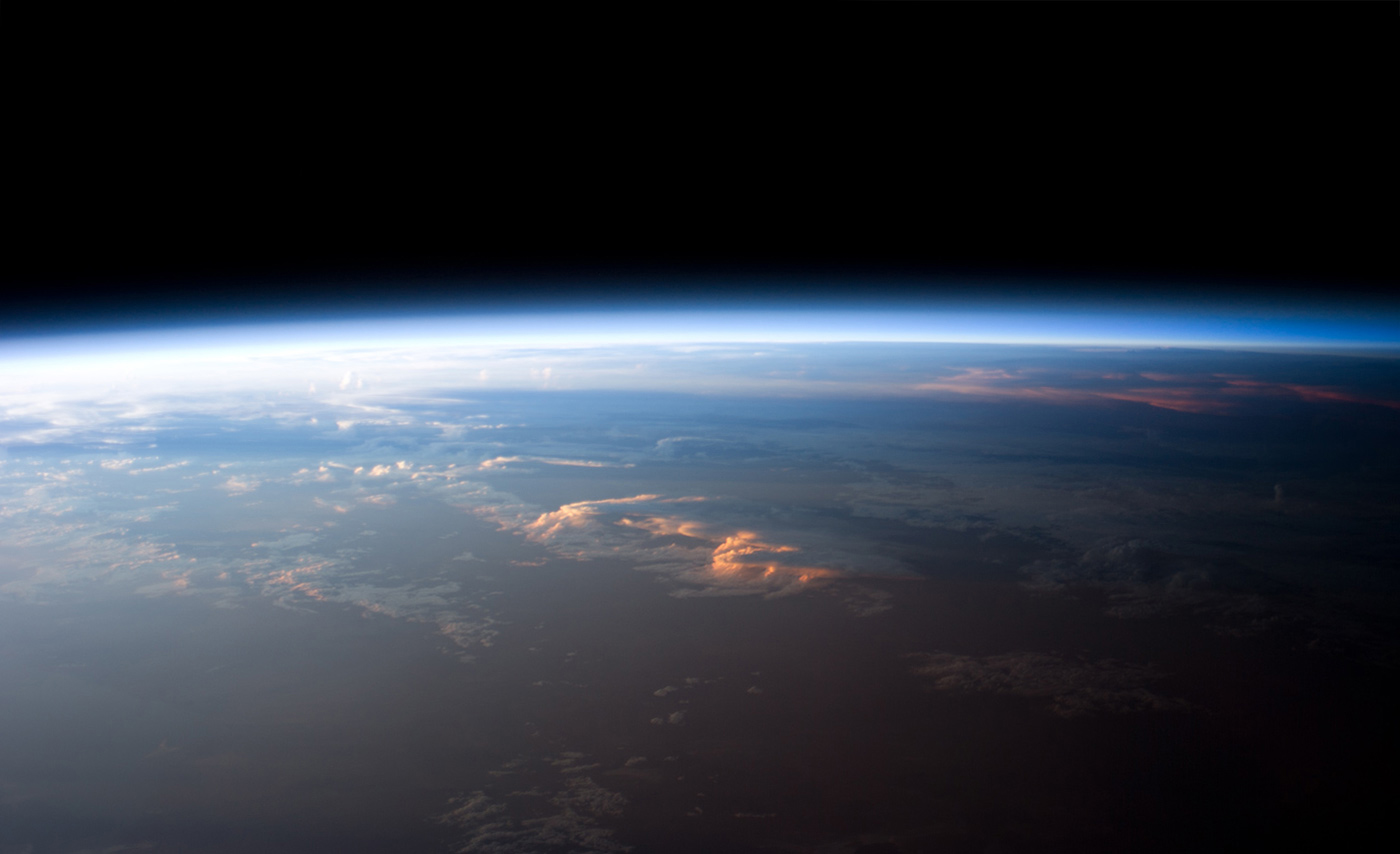


The Oxygen Cycle
Field Study (Active)

The oxygen cycle is critical to the regulation of life on Earth
26.12.2019
22:52 PST
(Released)
|
Manifestly, the Earth's stratosphere is prominent with intense chemical interactions of gaseous fallout which impacts the ozone layer. Scientifically, this is known as the ozone-oxygen cycle or simply the oxygen cycle. Approximately, the ozone layer is between 20 km - 30 km above sea level in the stratosphere and absorbs most of the ultraviolet radiation from the Sun. Specifically, it has a very high concentration of ozone (O3) from the endless reaction that oxygen has in the Sun's ultraviolet rays. Ultimately, the oxygen cycle begins from kinetic energy in oxygen molecules exposed to ultraviolet light. Intuitively, this process is known as photosynthesis and is vital to climate control because ozone warms the upper stratosphere. Meanwhile, only a small portion of oxygen is released into the ozone layer from photosynthesis as oxygen is mostly found in oxide minerals on the Earth's surface. Characteristically, oxygen in its triplet form is paramagnetic and creates magnetic moments with unpaired electrons of other dioxide molecules. Moreover, dioxide gas molecules (O2) account for nearly 21% (up to 35%) of the atmosphere which is the backbone for climate control. Reportedly, the ozone in the atmosphere has been reduced by nearly 4% since 1970 which indicates the source of rising global temperatures. Furthermore, a seasonal decline of the ozone layer near the north and south poles establish ozone holes in the stratosphere. Generally, the thickness of the ozone layer prevents the formation of ozone holes as thinning ozone near the equator indicate threats of polar warming. Predominantly, ozone is produced in the upper stratosphere closer to the Sun's ultraviolet rays as photosynthesis and sea breeze agitate new oxygen molecules into the atmosphere on the Earth's surface. Easily, oxygen can form oxide bonds with almost any element which makes us keep our strategic focus on the risks of polar warming from ozone depletion. |
|
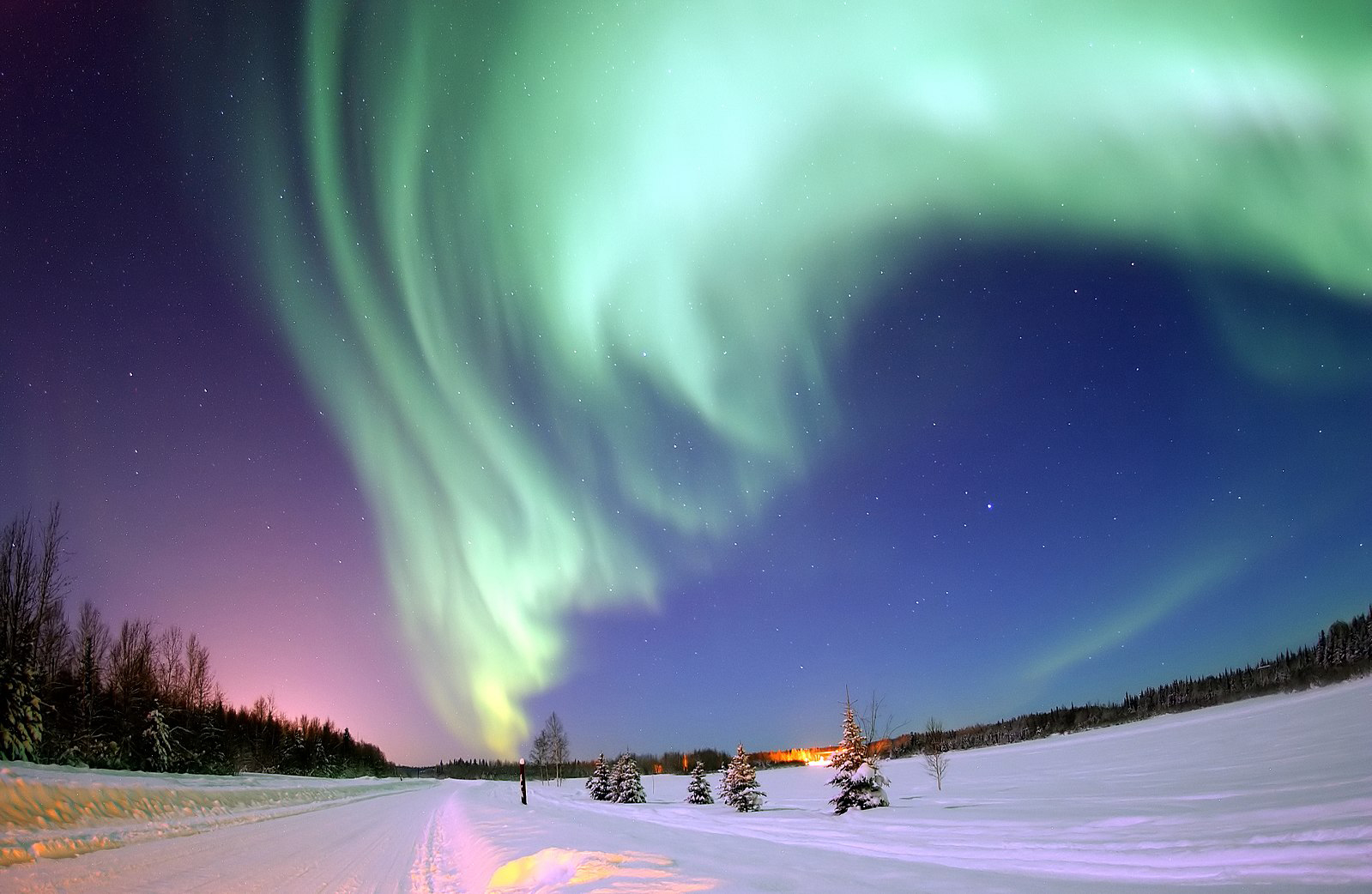
|
Sensibly, our strategic focus will remain on polar warming from ozone depletion as current climate conditions stabilize. Geographically, the North Pole is located in the middle of the Arctic Ocean and is the northern most point on the Earth from which all lines of longitude converge into the direction of true north. Alarmingly, reports were made in the mid-2000s predicting an ice free North Pole because of sea ice shrinkage from ozone depletion. However, climate trends in the North Pole are based on warmer conditions on the sea level as opposed to colder conditions from higher altitudes. Typically, sea ice in the North Pole reaches around 2 m - 3 m thick which spreads as temperatures normalize in the stratosphere from ongoing ozone regeneration. Similarly, the South Pole lies opposite of the North Pole and is geographically the southernmost location on the Earth's surface. Usually, the geographic location of the South Pole is 90o because longitude is unused whereas, the longitude for the South Pole is 0o. Actually, the South Pole is located on the continent of Antarctica which is a featureless icy plateau with an altitude of 2,835 m above sea level. Pretentiously, continental drift accelerates in Antarctica whenever polar warming rises from a thinning ozone. Nonetheless, the South Pole has an ice cap climate and is colder than the North Pole because of its higher elevation on the sea. Magnetically, both the North and South Poles shift or wander annually due to the Earth's changing magnetic field which is impacted by the ozone layer. Accordingly, special attention will remain over the coming weeks on scoping the biosphere for climate control. |
|
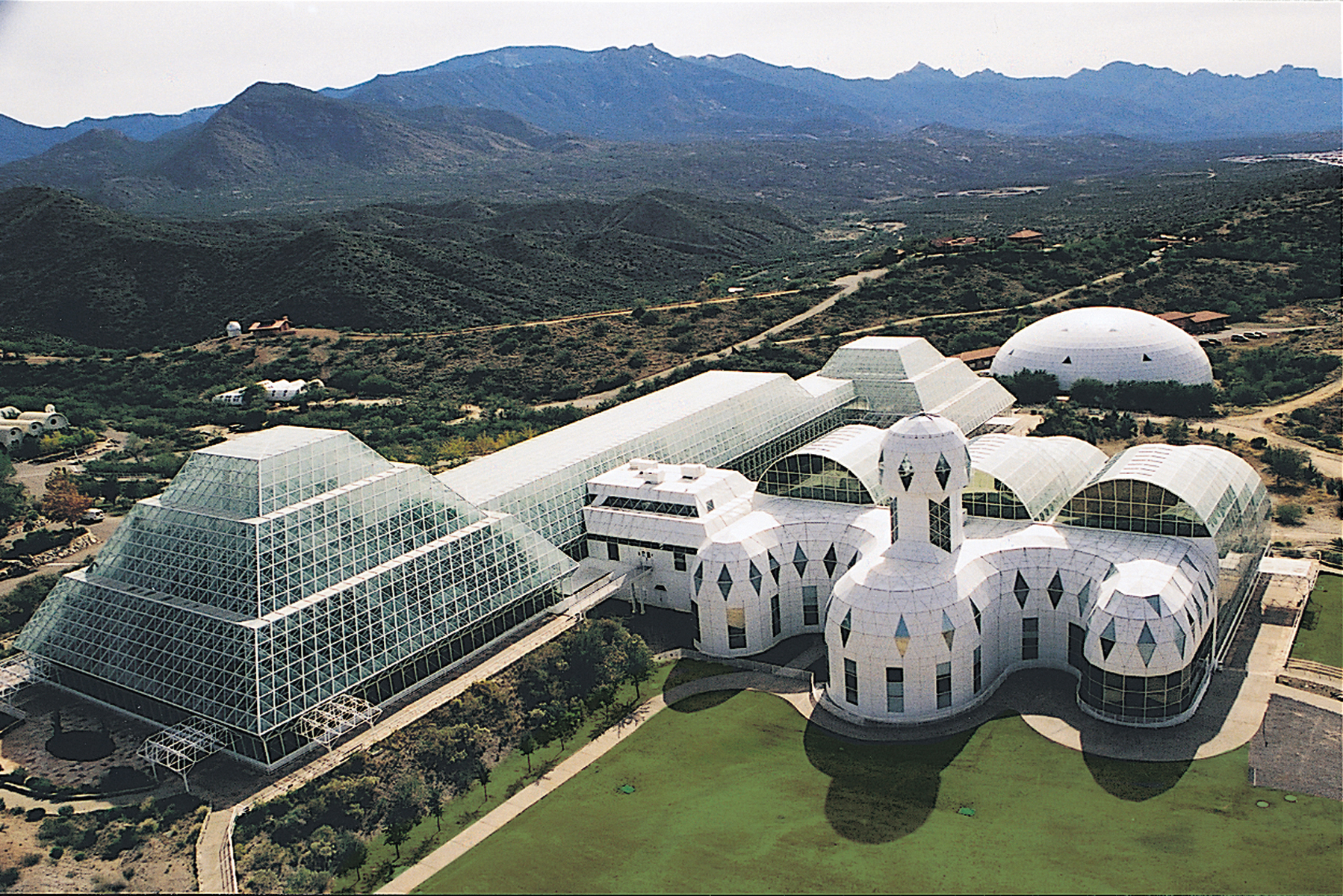
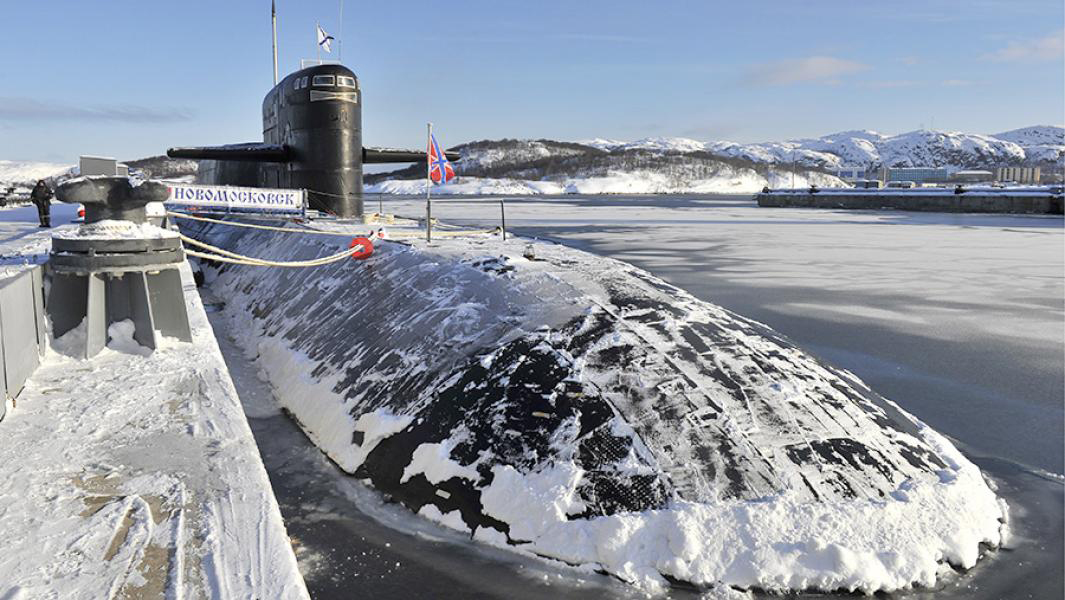
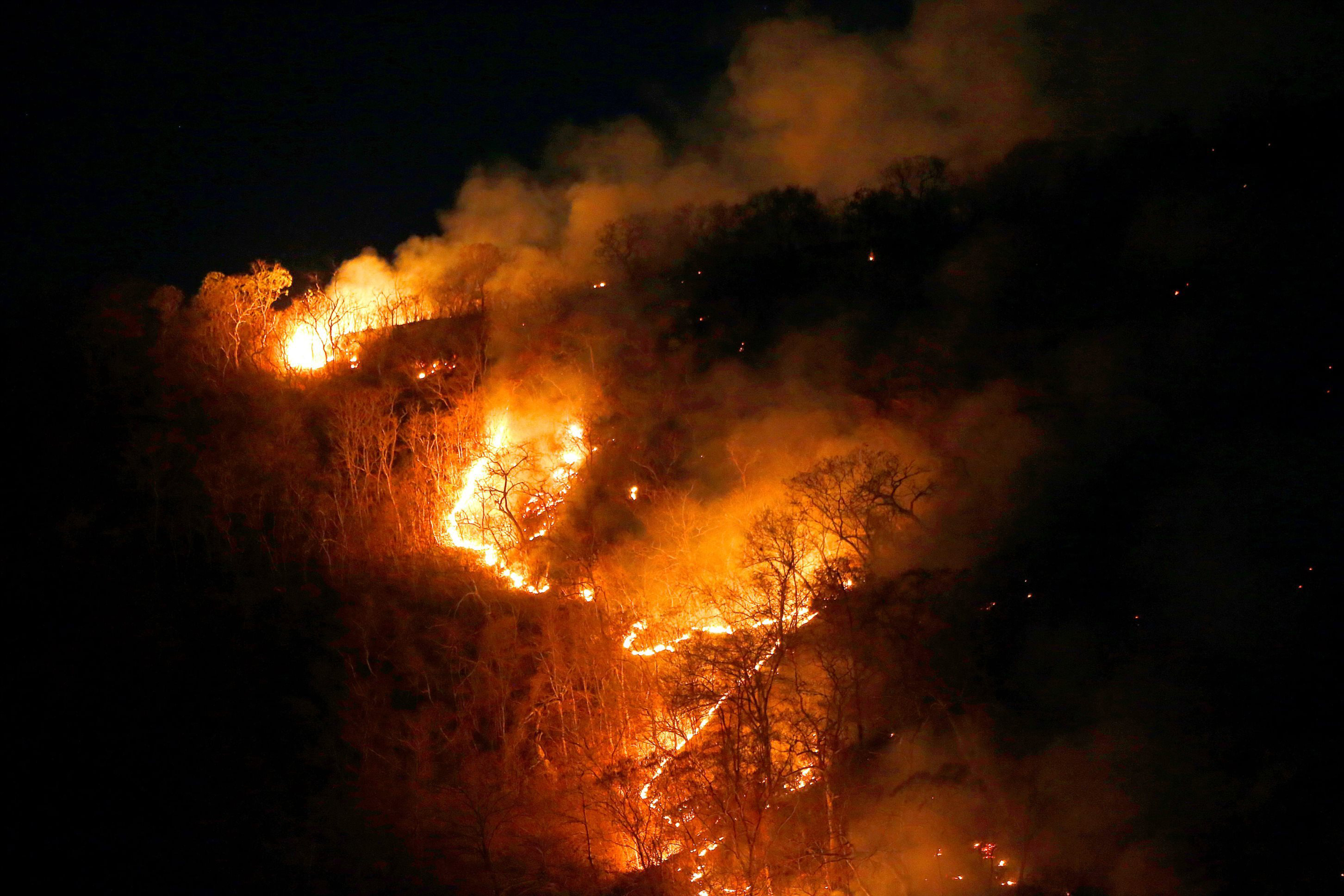
Attention to the oxygen cycle eclipses human anxieties over global warming
|
Ecologically, special attention must remain on the environmental scope of the biosphere as ozone regeneration prevents global warming. Mainly, the biosphere self-regulates while maintaining all forms of life on Earth. Relatively, the biosphere is separate from the Sun's cosmic radiation and heat which fills the interior of the Earth. Extensively, all life forms on Earth expand from the polar caps to the equator and grow from the richness of minerals and natural resources. Biologically, the Earth is filled with various ecosystems which are filled with living species that dominate local and regional environments as new life continues forming. Separately, the hydrosphere is the combined amount of water on the Earth having impact on ozone regeneration from the Sun's ultraviolet rays which keep polar ice caps intact. Reliably, gases in the atmosphere are reserved with the Earth's gravitational force which creates the necessary pressure to sustain life in the biosphere. Particularly, the ozone layer stabilizes against atmospheric turbulence caused from warm and cold air temperatures mixing in the stratosphere. Notionally, the biosphere in scope integrates many forms of Earth science including: astronomy, geophysics, meteorology, biogeography, geology, geochemistry and hydrology. Dynamically, atmospheric science is key to understanding the oxygen cycle which influences the occurrence of thunderstorms, tornadoes, gravity waves, cyclones and the jet stream. Chemically, bonding of oxygen molecules intensify on the Earth's surface as the atmosphere is mainly saturated with nitrogen. Methodically, attention on the oxygen cycle creates various methods for predicting seasonal climate fluctuations while alleviating human produced trepidation. Reputedly, climate control and climatology require close attention on long-term atmospheric conditions in the stratosphere which impact the biosphere and life on Earth. |














